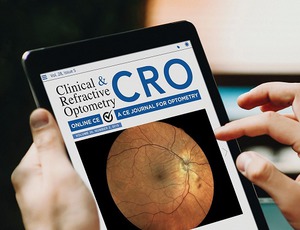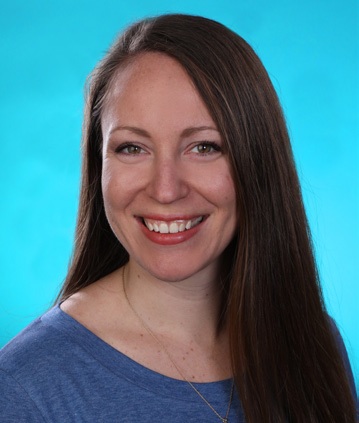
COVID-19 and Optometric Education
 We have now completed a full year of lockdowns, quarantines and overall disruptions to our everyday lives. Where there was once a bustling optometric practice, we now have rigorous screening practices and must restrict the number of patients in the office at a time. Extra time must made for cleaning and sanitation. Chairs must be removed to allow for proper social distancing, and our equipment is constantly fogging up.
We have now completed a full year of lockdowns, quarantines and overall disruptions to our everyday lives. Where there was once a bustling optometric practice, we now have rigorous screening practices and must restrict the number of patients in the office at a time. Extra time must made for cleaning and sanitation. Chairs must be removed to allow for proper social distancing, and our equipment is constantly fogging up.
It is obvious from a practitioner’s standpoint that these new measures inevitably affect everyone’s bottom line. But what about COVID’s impact on optometric education? What about the thousands of student clinicians missing out on valuable patient encounters during their externships? What about graduating optometrists? Residents? Will the result of this pandemic leave a gap of knowledge and real-world clinical decision making?
Undoubtedly, the answer is yes. What remains to be seen is if the increased didactic workload, zoom lectures, journal clubs, etc. that schools have put in place to try to fill in these gaps will be enough.
Working with approximately 40 student externs from multiple schools of optometry every year, I always ask the question: “Where were you on your last rotation?” In years past these answers were uniform across the board with a combination of a school clinic, a hospital/community health setting, a contact lens rotation or a private practice.
This year, however, some clinics were closed, some were not taking externs back, some were open but with drastically reduced numbers, and some were able to operate with only a slight reduction in capacity—all of which resulted in many students being placed in any clinic that would take them. When I ask the trainees, “How many patients were you seeing per day?” their responses, again which were historically uniform, now varied from one to two patients per day, to upwards of ten. It is challenging to gauge what the impact of this past year will be for trainees, their programs, their supervisors and their patients.
I have faith, though. As we enter our final quarter of the academic year, I see the resilience of these trainees and the effort they are taking to make the most out of each patient encounter. They seem more inquisitive, more driven, and more invested in the care of each patient than in years past; their attitude infuses our clinic staff and our patients with hope and confidence. So, despite all the shortcomings and obstacles of the past year, I believe we will reach the light at the end of the pandemic tunnel.
Amanda Hunter, OD

